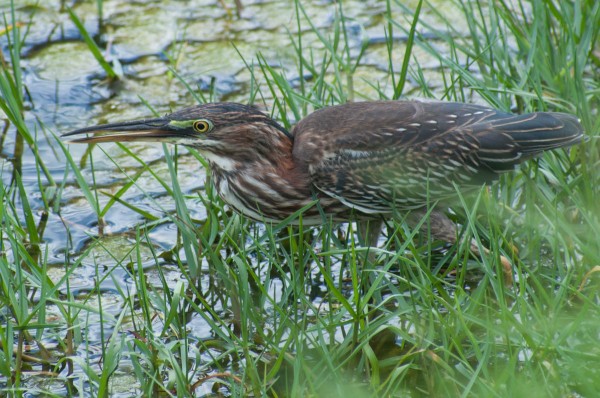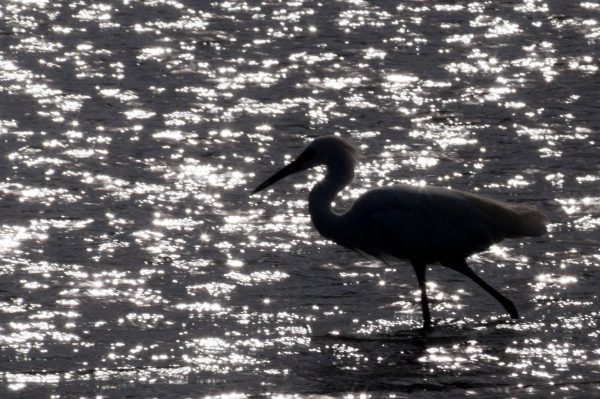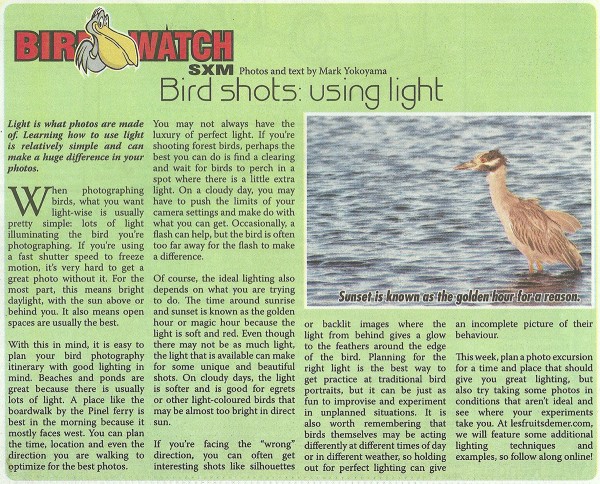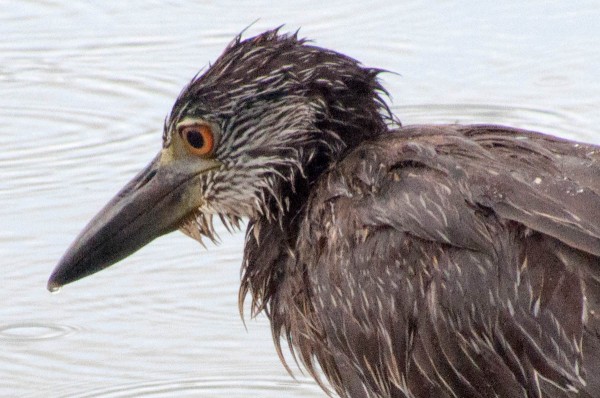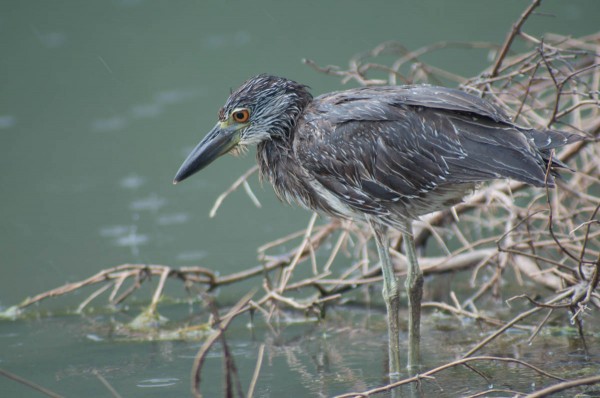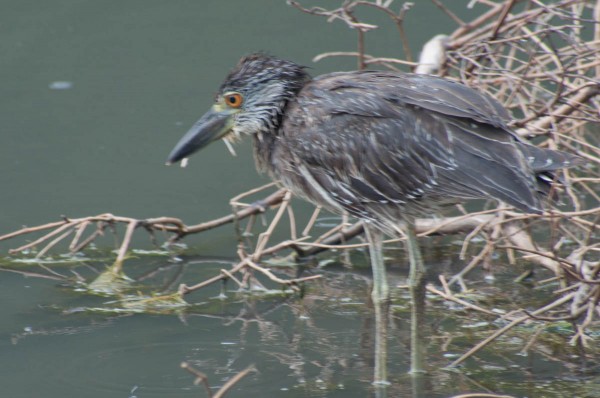Using Light: Partial Lighting
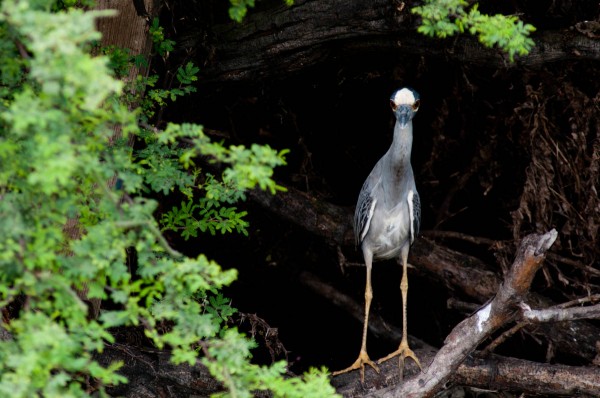
Partial lighting can be a blessing or a curse. Often it is caused by strongly directional light, like the sun at midday, or light that is partially blocked by vegetation or other obstructions. It cause some areas of a photo to be over or under exposed, or at least make it challenging to get the …

